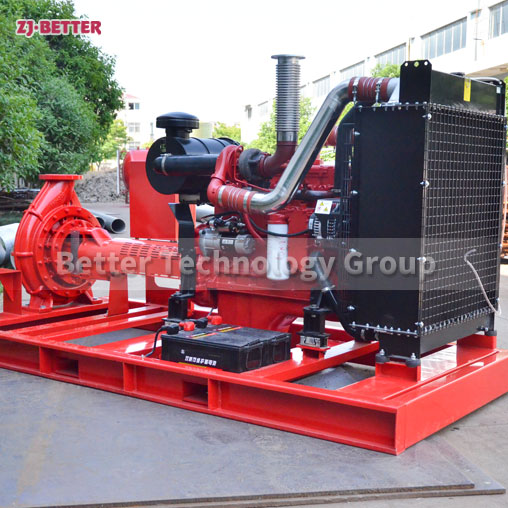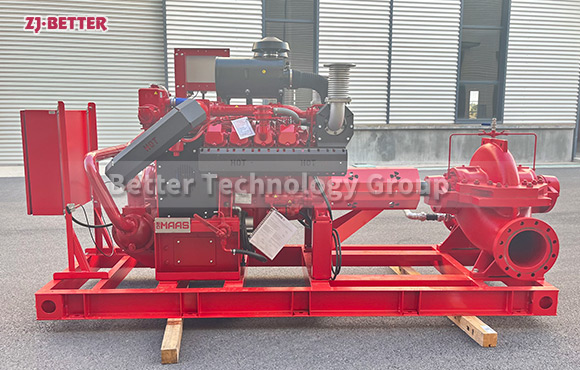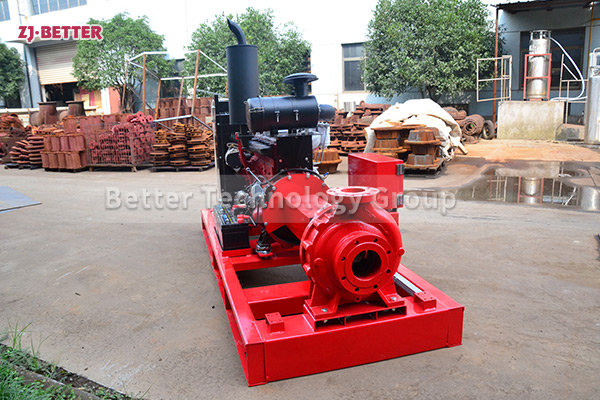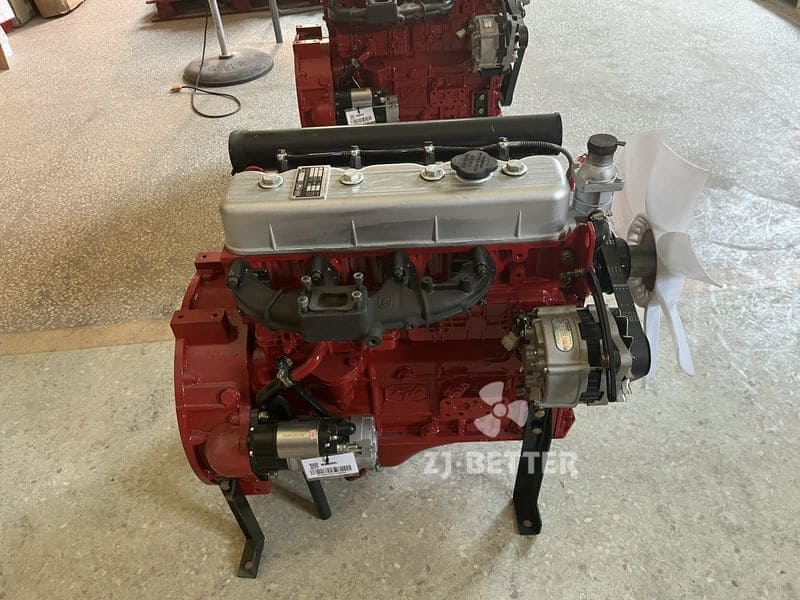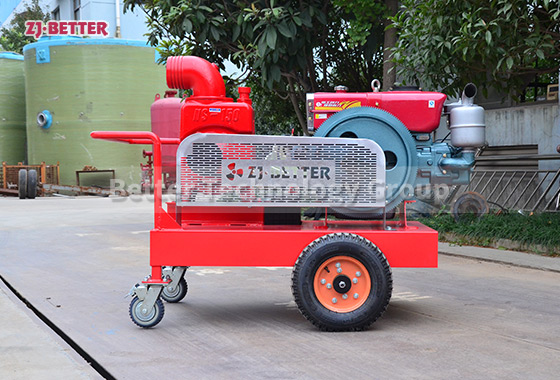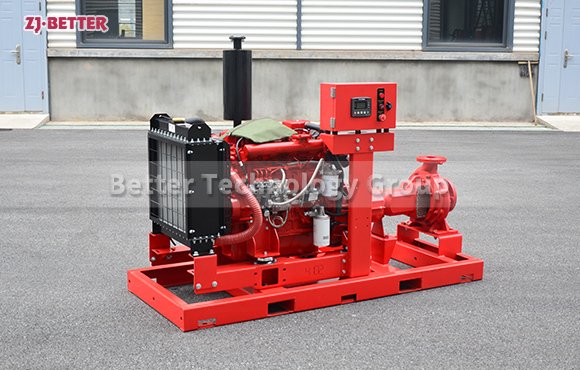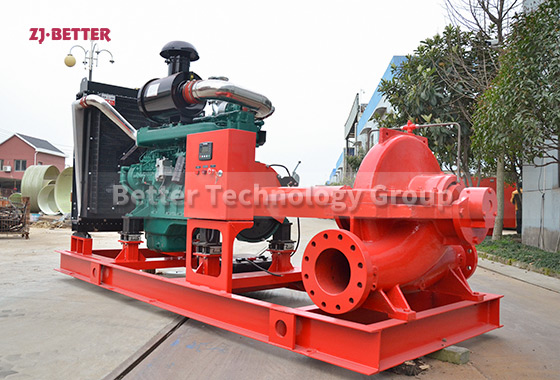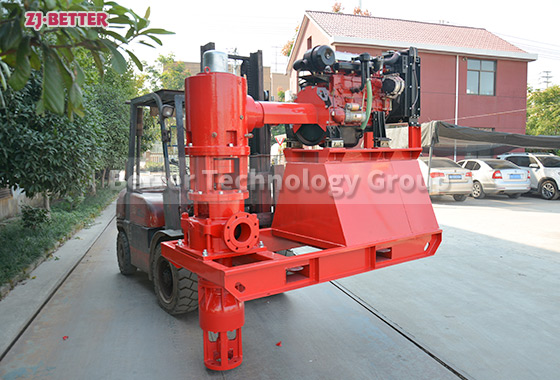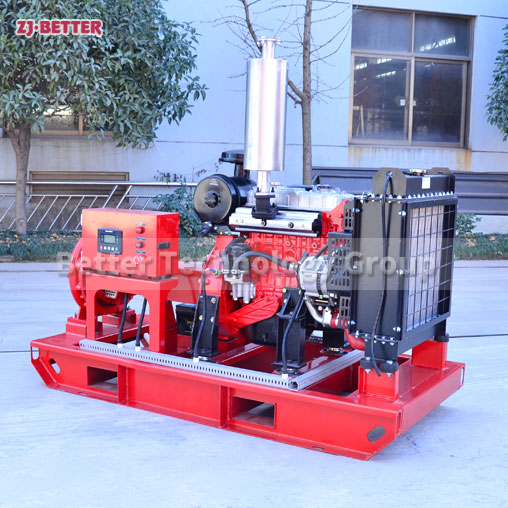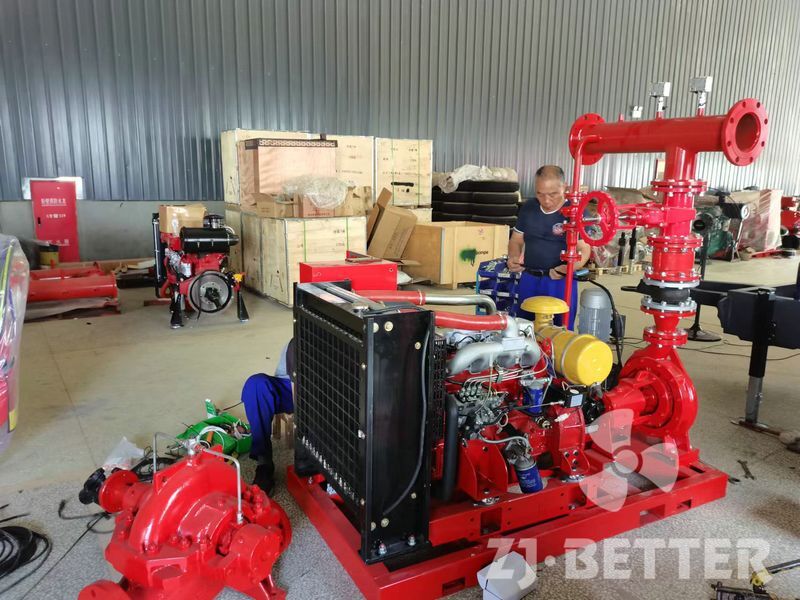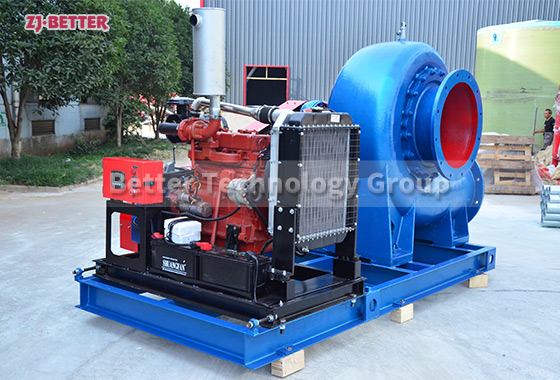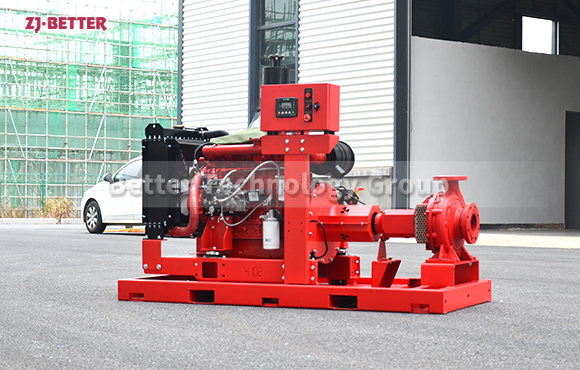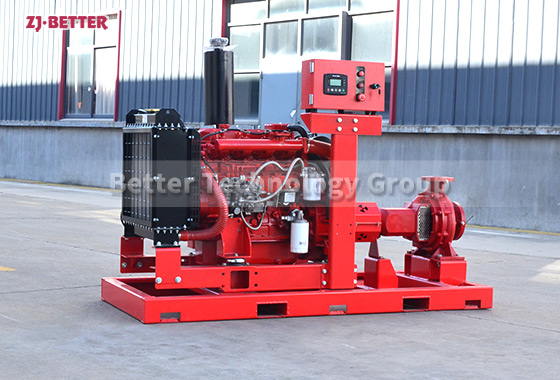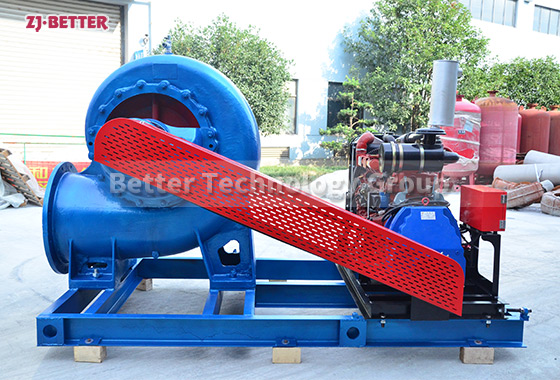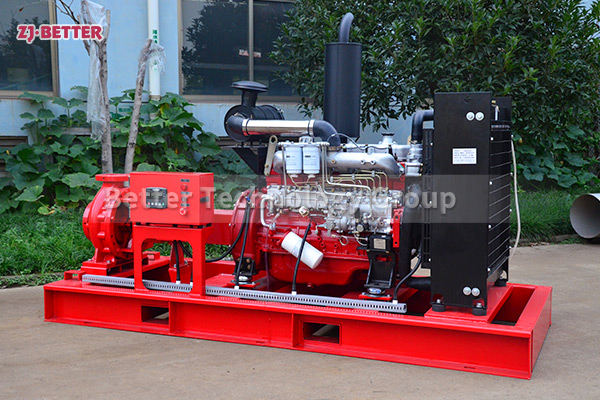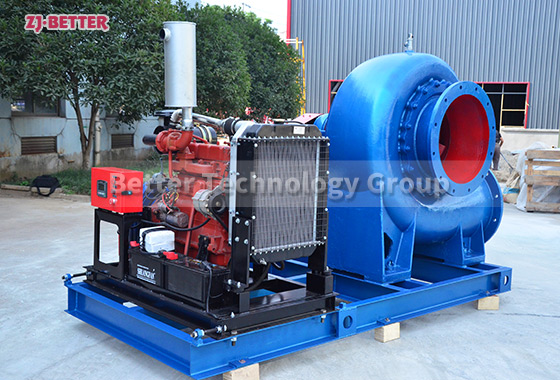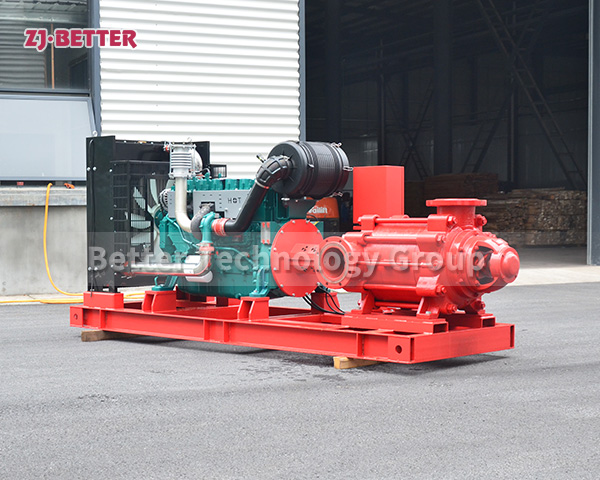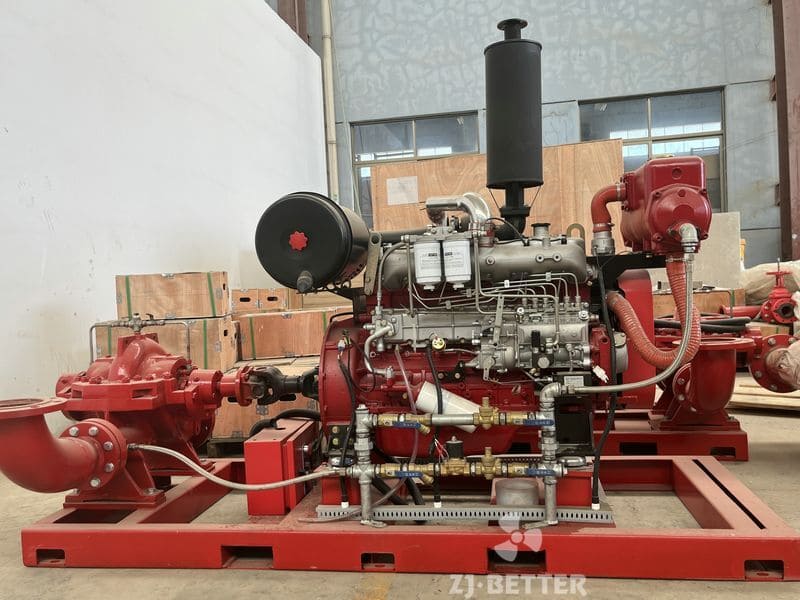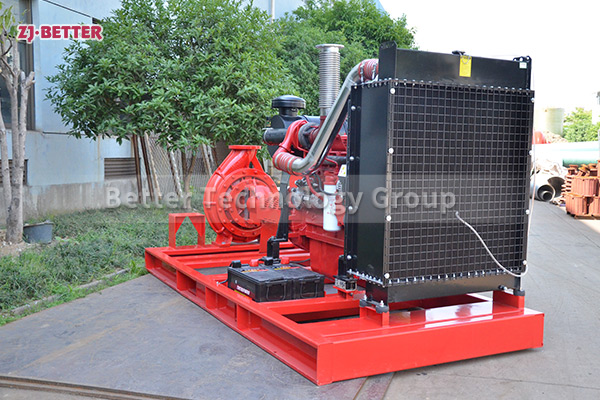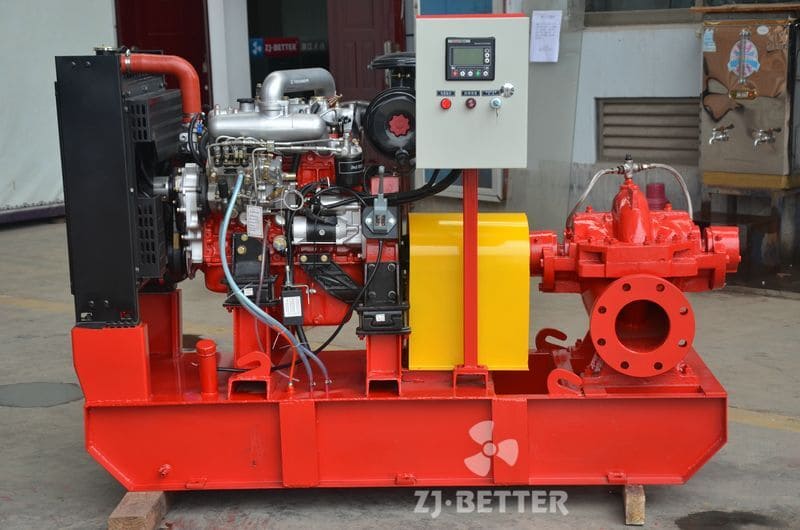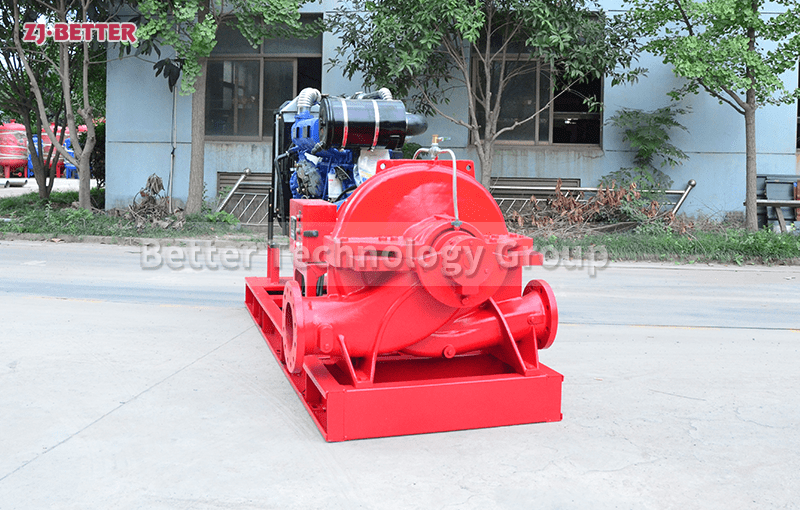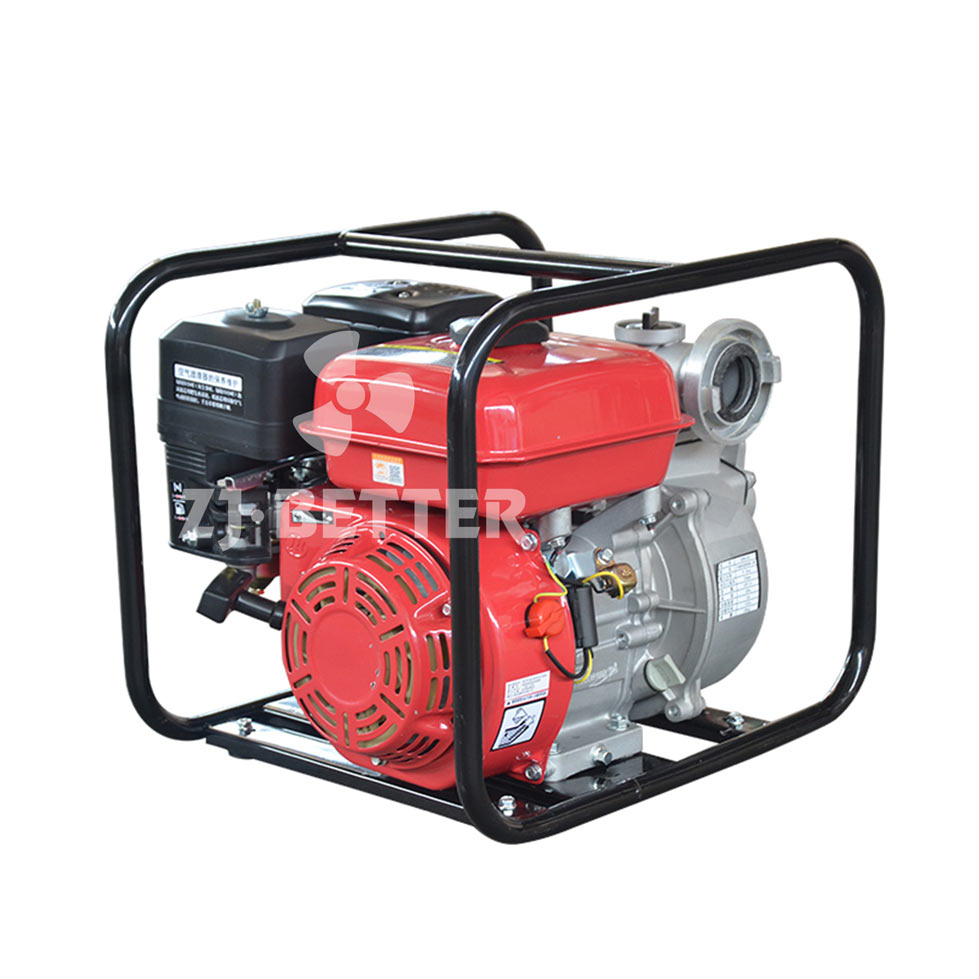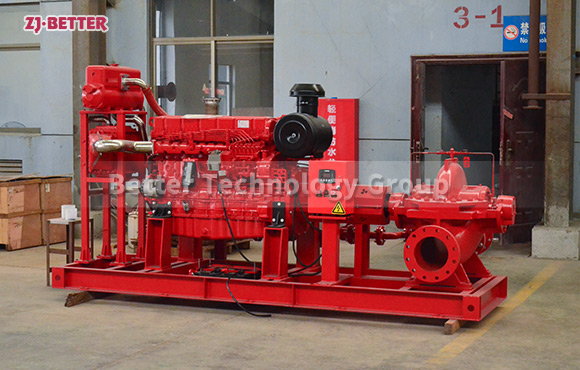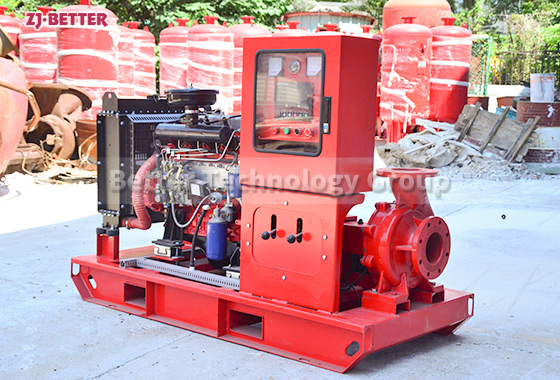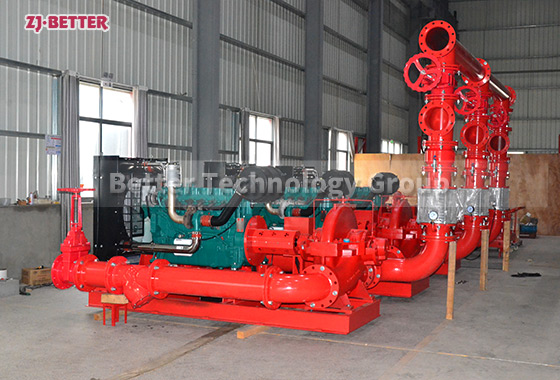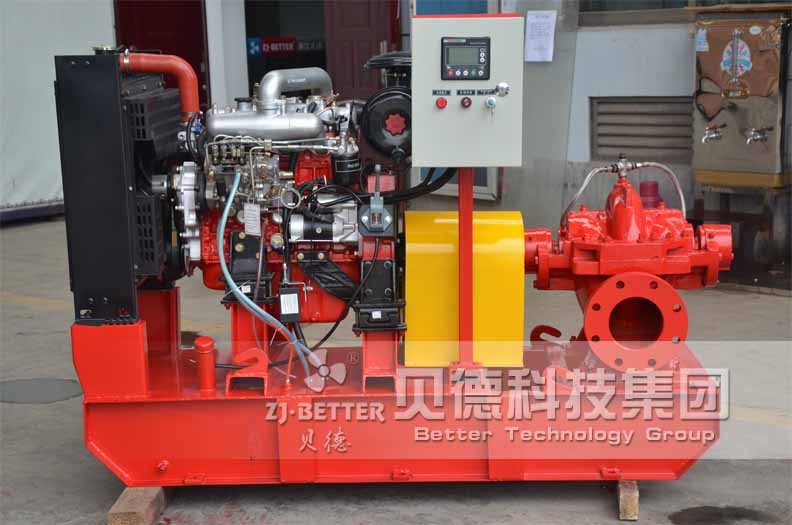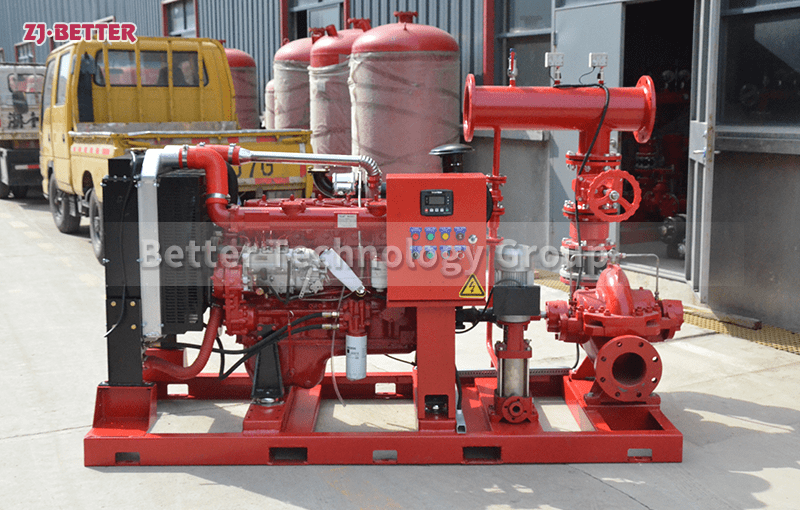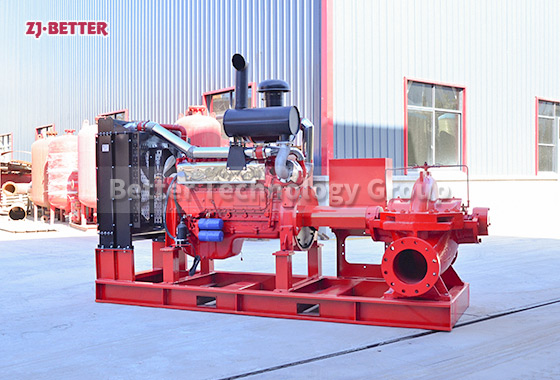Product Features of XBC-XA Diesel Fire Pump
The full name of the fully automatic diesel engine pump unit The emergency diesel engine pump unit can be selected according to the specific requirements of the lift, flow and conveying liquid of the place of use. The flow range of the conveyed liquid is 10-870L/s, the pressure range is 0.15-6MPa, and the speed range of the diesel engine is 1500-2900rpm.
Diesel pump sets are often used in emergency water supply for high-rise buildings, water companies, steel plants, wineries, chemical plants, hotels, hospitals, and other large-scale projects. The diesel emergency water supply pump set is suitable for unattended emergency water supply system. The product has the characteristics of high degree of automation, superior performance, complete protection functions, reasonable structure, easy installation and high cost performance. When the factory suddenly loses power, the diesel engine emergency water supply pump set automatically starts the supplementary pipe. network pressure.
Product features of diesel fire pump:
1. Automatic start: After the diesel water pump unit receives the fire alarm/pipe network pressure/power failure/or other start signals, it can start automatically within 15 seconds and be put into full-load operation;
2. Automatic charging: the battery can be automatically charged by the mains or diesel engine charging motor to ensure the smooth start of the unit;
3. Automatic alarm: automatic alarm protection for diesel engine low oil pressure, high water temperature and other faults, alarm and stop when overspeeding;
4. Automatic preheating: keep the diesel engine in a hot standby state to ensure emergency work;
5. Direct connection type: The diesel water pump unit below 360kw adopts the domestic first-class direct connection technology between the diesel engine and the water pump through the elastic coupling, which reduces the failure points, greatly shortens the start-up time of the unit, and increases the reliability and emergency performance of the unit. ;
6. Users can also request to set other alarm outputs (non-standard supply);
7. With telemetry, remote signaling and remote control functions (non-standard supply);

